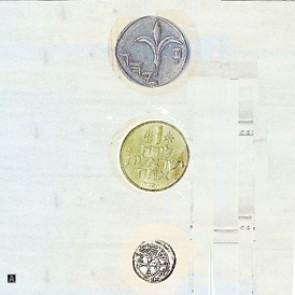
PREV ARTICLE
FULL ISSUE
PREV FULL ISSUE
FEATURED WEB PAGE: HISTORY OF THE SHEKELThis week's Featured Web Page is an article titled Requiem for the Shekel. Published on the eve of the fourth change in the name of Israel's currency, it provides a lengthy history of the Shekel.In the beginning there was the shekel: a unit of measurement used for weighing metals in biblical-era Israel, and later for weighing food, before the invention of coins. Eventually that shekel became the name of a currency used in and around ancient Israel, made from silver or gold, and varying in size and weight depending on the region. The Tyrian shekel, considered purer than the Roman shekel, was also used for the tax that all Jews paid annually during the Second Temple period in order to pay for sacrifices. It was dubbed "the half shekel." Although it was issued in Israel, it bore Roman images to make it clear that the Jews were not autonomous. During the Bar Kochba Revolt, the rebels reminted Roman coins with the slogans and symbols of the revolt. One of them was the Bar Kochba shekel.

www.haaretz.com/weekend/magazine-
|
